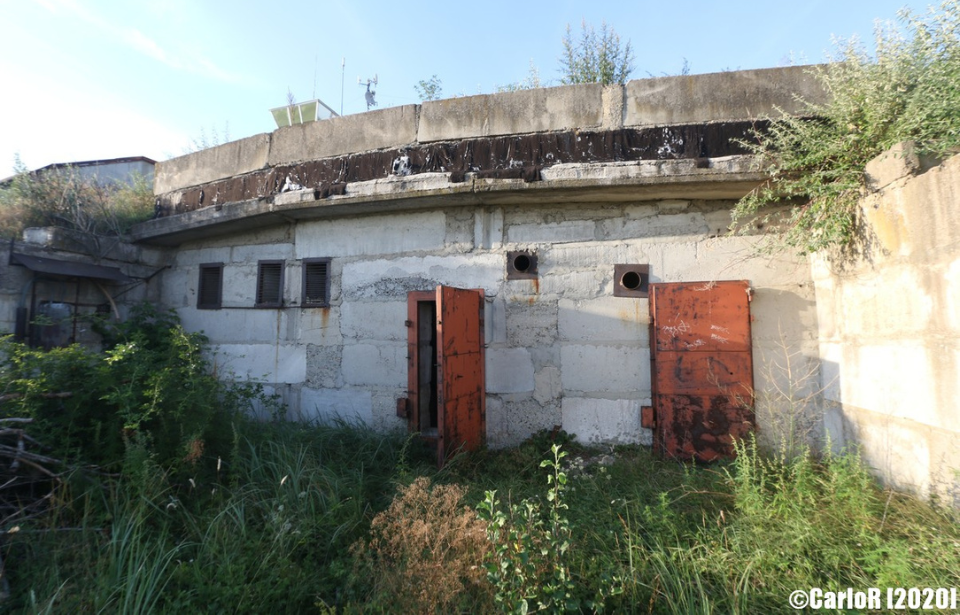Hungary’s history is marked by significant instability. During World War II, it fell under German occupation and, in the Cold War era, the Soviet Union took control. Its central location in Europe made it a strategic spot for foreign militaries to place troops. One notable example is Tököl Airbase, which has been internationally occupied over its many years in operation.
Thank you to Carlo R. of SightRaider for supplying the photographs for this article. For more information about Soviet-era bases in Eastern Europe – particularly in Germany – you can read his book, Soviet Ghosts in Germany.
Where is Tököl?
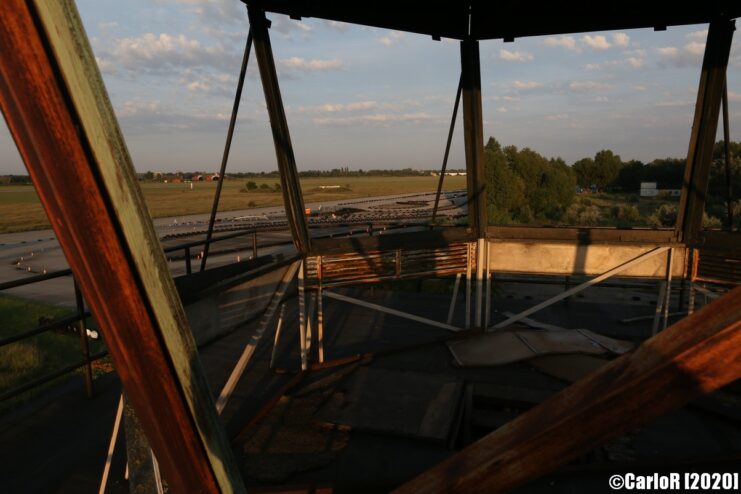
Tököl is a town of just over 9,300 in Pest County, Hungary, south of the capital city of Budapest. The majority of the area’s population are native Hungarians, with a minor part of the population being of Croatian descent.
The town is also home to Tököl Airbase, a largely abandoned military installation.
Tököl Airbase housed Danubian Aerospace during World War II
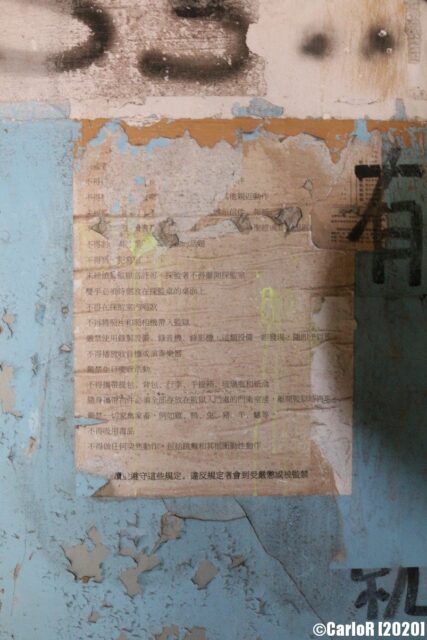
During World War II, Tököl Airbase was home to Danubian Aerospace, which manufactured Messerschmitt Bf 210s and Bf 109s for both the Luftwaffe and the Hungarian Air Force. As the conflict advanced, a Hungarian military unit was stationed there and was charged with defending the country’s airspace.
Becoming a target of Allied air raids
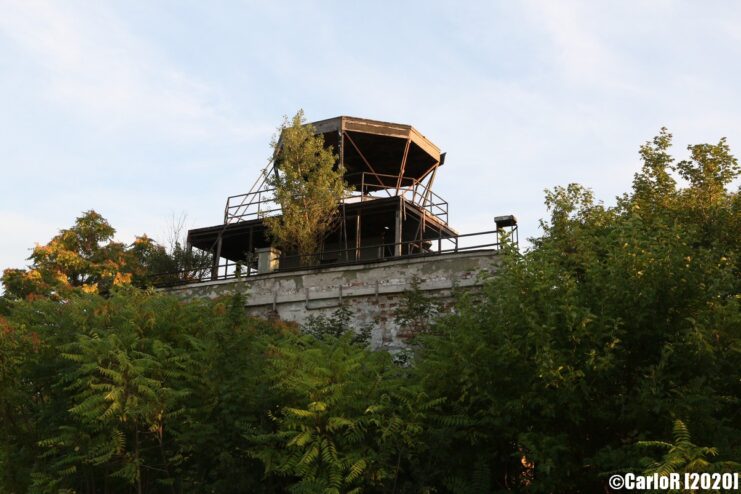
Due to its ties with Germany, Tököl Airbase and the surrounding town became a target for the Allied forces. On April 13, 1944, the US Air Force launched an air raid on the base, dropping around 200 tons of bombs and munitions on the airport and factory. This marked the beginning of a prolonged summer of Allied attacks on the site.
Captured by the Red Army
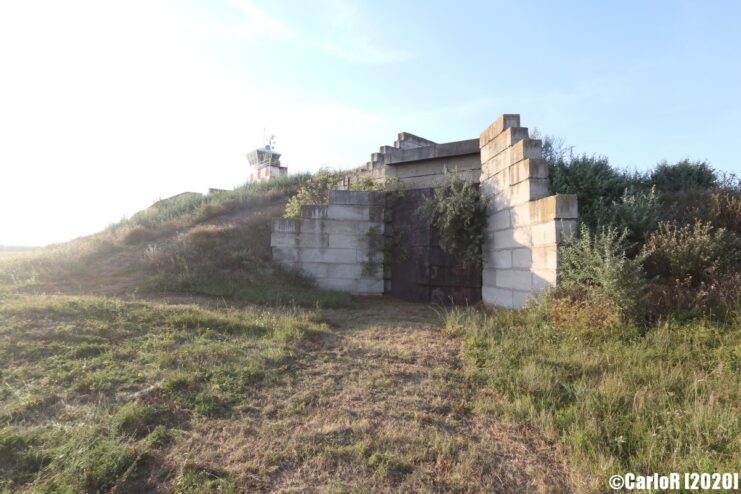
In November 1944, the Soviet Red Army captured Tököl Airbase, but chose not to immediately use it, allowing it to remain largely under Hungarian control. During this period, a 2,500-meter runway was constructed. Two years later, the location became home to newly-acquired Mikoyan-Gurevich MiG-15s and Yakovlev Yak-18s.
Unfortunately, during the Hungarian Revolution in 1956, the Soviet Union seized the aircraft at Tököl Airbase and expelled the Hungarian forces. Hungarian troops weren’t permitted to return to the base until 12 years later.
Tököl Airbase was a major asset for the Soviet Union
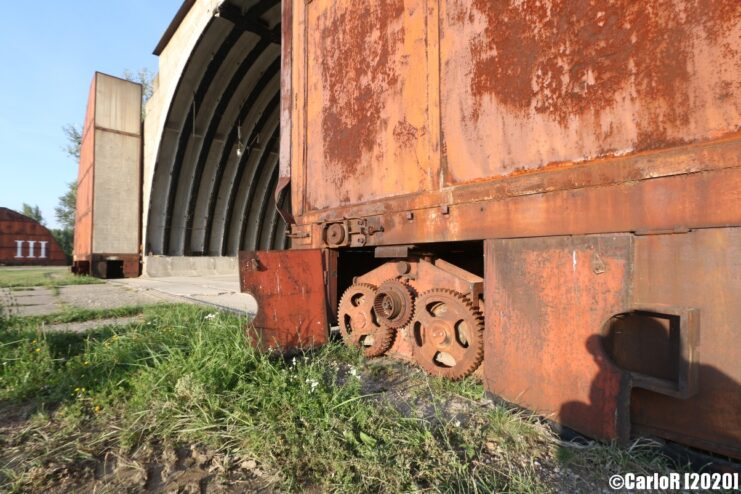
During the Cold War, the Soviet Union regarded Tököl Airbase as a significant military asset. It housed several squadrons from the Ground Forces of the Armed Forces of the Soviet Union, as well as some from the country’s Air Force. Helicopters and other aircraft were also parked there, with the site serving as an operational hub.
Expanding Tököl Airbase
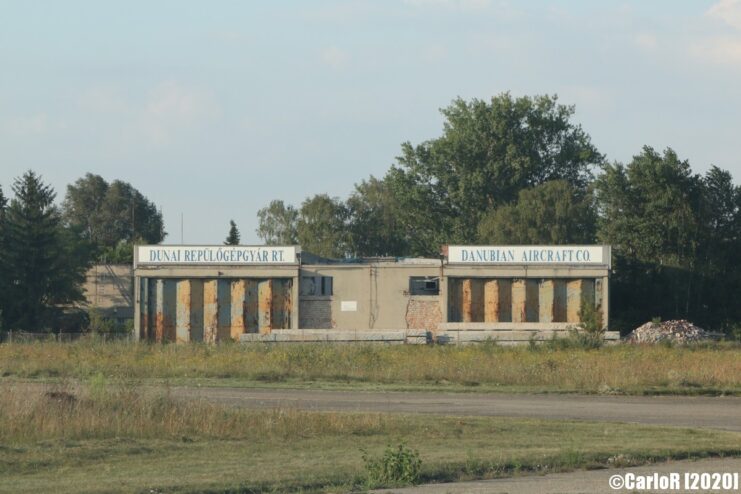
In the 1980s, the Soviets constructed large air shelters at Tököl Airbase, to house Mikoyan MiG-29s. These five structures were designed to enable aircraft to start their engines inside at a moment’s notice. Each had a large exhaust deflector tunnel that was bent to the side, with a metal door that remained closed when not in use. Additionally, the front gates were blast-proof.
Control was returned to the Hungarians
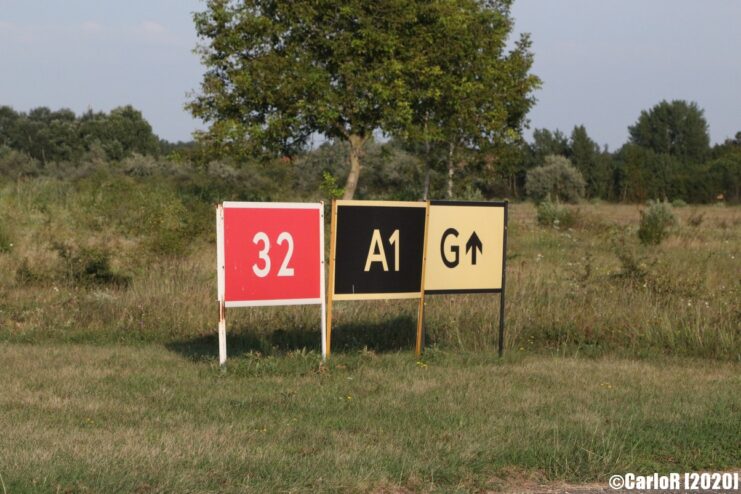
With the end of the Cold War, the last Soviet Air Forces unit, No. 201 Squadron, left in April 1991. Control of Tököl Airbase was subsequently handed over to the Hungarian Defence Forces, who used it for several years.
Abandoned since the collapse of the Soviet Union
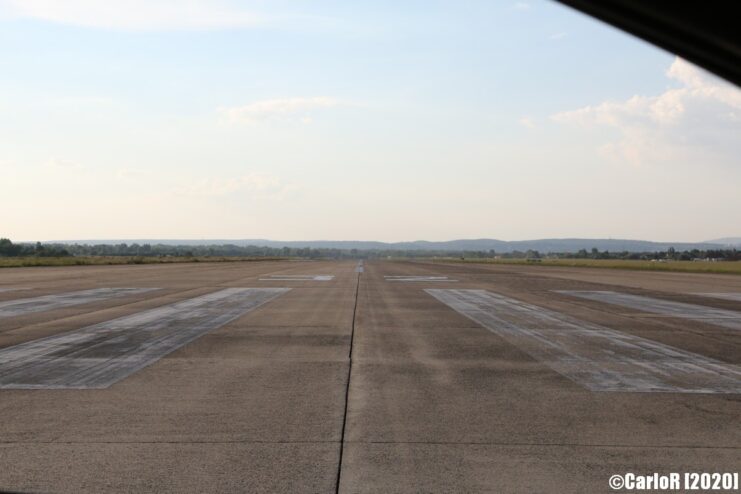
Since the collapse of the Soviet Union, Tököl Airbase has been largely abandoned. The main hangar once used by Danubian Aerospace was demolished and replaced with a Tesco supermarket, rendering the company unable to operate as an overhaul center.
In the early 2000s, a proposal was put forward to transform the airbase into a hub for affordable international travel. However, local councils rejected the plan.
Tököl Airbase is largely used by private citizens
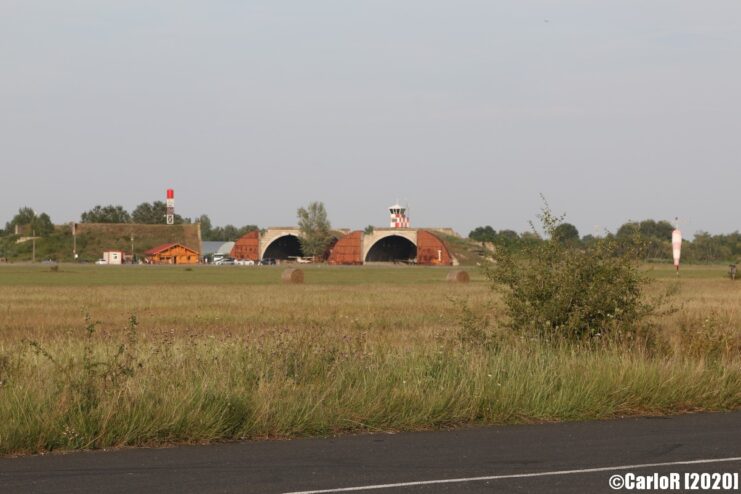
Today, Tököl Airbase is used by private citizens. The government divided and leased out the majority of the structures, including the former aircraft shelters and aprons, to those involved in the aviation industry and others. These individuals primarily use the airfield, while the surrounding buildings and service roads have been left to return to nature.
Several tenants leasing hangars at Tököl Airbase are enthusiasts of small aircraft, including the operator of a Soviet-era Aero L-29 Delfin. Following complaints from local residents, the runway was shortened to 1,000 meters, restricting access for larger aircraft.
Making cameos in big-budget films
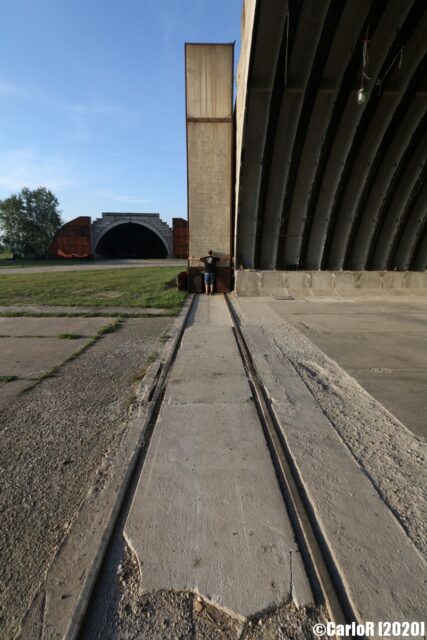
More from us: PHOTOS: The World War II-Era German Military Base That Was Occupied By the Soviets
Tököl Airbase has also appeared in several films over the years, notably standing in as Fürstenfeldbruck in Steven Spielberg’s Munich (2005) and portraying a Chinese prison in Tony Scott’s Spy Game (2001).
